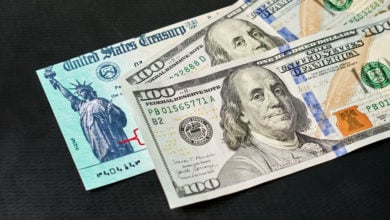Homeowners, local governments, community banks and others have brought a series of class-action lawsuits claiming losses due to the rigging of the benchmark interest rate known as LIBOR. A group of homeowners filed suit earlier this month in New York federal court alleging that they had been cheated due to the rate’s manipulation by the global banks involved in setting it.
LIBOR became the focus of headlines earlier this year when British banking giant Barclays admitted to manipulating it, reaching a $453 million settlement June 27 with U.S. and U.K. regulators. Other banks involved in setting LIBOR include JPMorgan, UBS, Citigroup and HSBC. All have said that they also are cooperating with investigations of the scandal, and additional settlements are expected.
(See Liberation’s initial article on the LIBOR scandal, based on the information then available.)
The London Interbank Offered Rate is actually a collection of rates generated for 10 currencies across 15 different time periods, ranging from one day to one year. It is supposed to measure the cost of borrowing between the world’s largest banks, generating rates that are used as benchmarks for an estimated $10 trillion in loans and some $350 trillion in derivatives. (Derivatives are bets on the movements of interest rates or prices of underlying assets over specific periods of time.)
The key fact brought out in the homeowners’ lawsuit is that between 2000 and 2009 the banks that set the six-month, U.S.-dollar LIBOR consistently pushed it up on the first business day of each month. Those just happen to be the days on which adjustable-rate mortgages “reset”—generating a new value for the variable rate that borrowers pay on their mortgages based on the current LIBOR value plus an additional percentage as specified in the mortgage contracts.
According to the homeowners’ lawsuit, a review of six-month U.S. dollar LIBOR rates from 2000 and 2001 “exposes an otherwise inexplicable increase in the rate on, or about, the first business day of each month,” adding that the pattern persisted up to February 2009.
With LIBOR rates manipulated upward on these dates, the lawsuit says, homeowners’ mortgage payments ended up higher than they should have been, providing additional interest for the lenders. This extra twist of the interest-rate knife contributed to millions of borrowers—especially those in oppressed communities who had taken out “sub-prime” loans—losing their homes.
An Oct. 16 CNNMoney article reported that the banks in question either declined to comment or did not respond to requests for comment on the complaint. No doubt the bankster criminals are working furiously to come up with an explanation for the curious monthly fluctuations in the LIBOR rate—which they set—that so benefited them at the expense of millions of homeowners and other borrowers.





